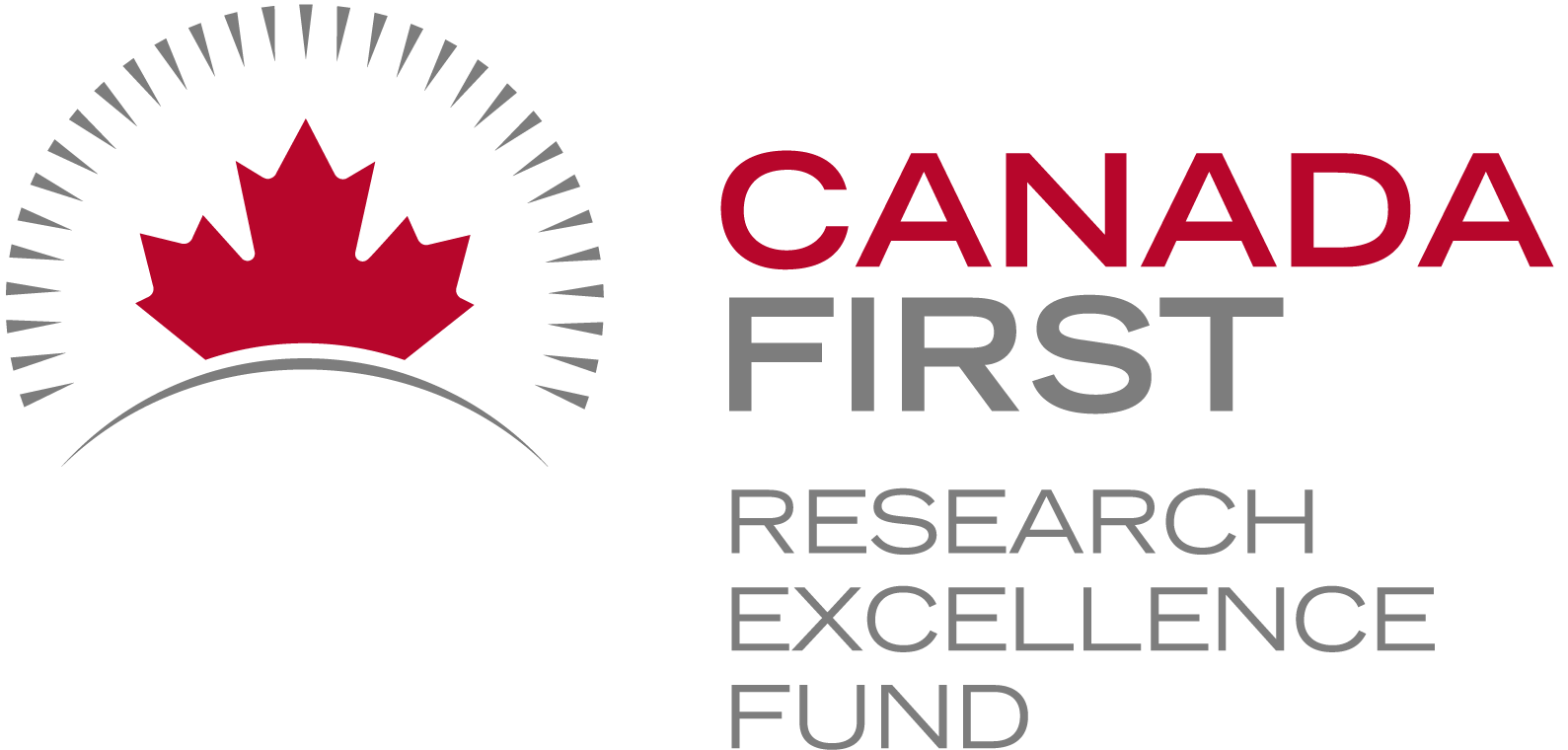Funding for Agri-food Data Canada is provided in part by the Canada First Research Excellence Fund
GitHub
In research environments, effective data management depends on clarity, transparency, and interoperability. As datasets grow in complexity and scale, institutions must ensure that research data is FAIR; not only accessible but also well-documented, interoperable, and reusable across diverse systems and contexts in research Data Spaces.
The Semantic Engine (which runs OCA Composer), developed by Agri-Food Data Canada (ADC) at the University of Guelph, addresses this need.
What is the OCA Composer
The OCA Composer is based on the Overlays Capture Architecture (OCA), an open standard for describing data in a structured, machine-readable format. Using OCA allows datasets to become self-describing, meaning that each element, unit, and context is clearly defined and portable.
This approach reduces reliance on separate documentation files or institutional knowledge. Instead, OCA schemas ensure that the meaning of data remains attached to the data itself, improving how datasets are shared, reused, and integrated over time. This makes data easier to interpret for both humans and machines.
The OCA Composer provides a visual interface for creating these schemas. Researchers and data managers can build machine-readable documentation without programming skills, making structured data description more accessible to those involved in data governance and research.
Why Use OCA Composer in your Data Space
Implementing standards can be challenging for many Data Spaces and organizations. The OCA Composer simplifies this process by offering a guided workflow for creating structured data documentation. This can help researchers:
- Standardize data descriptions across projects and teams
- Improve dataset discoverability and interoperability
- Support collaboration through consistent documentation templates (e.g. Data Entry Excel)
- Increase transparency and trust in data definitions
By making metadata a central part of data management, researchers can strengthen their overall data strategy.
Integration and Customization
The OCA Composer can support the creation and running of Data Spaces by organizations, departments, research projects and more. These Data Spaces often have unique digital environments and branding requirements. The OCA Composer supports this through embedding and white labelling features. These allow the tool to be integrated directly into existing platforms, enabling users to create and verify schemas while remaining within the infrastructure of the Data Space. Institutions can also apply their own branding to maintain a consistent visual identity.
This flexibility means the Composer can be incorporated into internal portals, research management systems, or open data platforms including Data Spaces while preserving organizational control and customization.
To integrate the OCA Composer in your systems or Data Space, check out our more technical details. Alternatively, consult with Agri-food Data Canada for help, support or as a partner in your grant application.
Written by Ali Asjad and Carly Huitema
At Agri-food Data Canada (ADC), we often emphasize the importance of content-derived identifiers—unique fingerprints generated from the actual content of a resource. These identifiers are especially valuable in research and data analysis, where reproducibility and long-term verification are essential. When you cite a resource using a derived identifier, such as a digest of source code, you’re ensuring that years down the line, anyone can confirm that the referenced material hasn’t changed.
One of the best tools for managing versioned documents—especially code—is GitHub. Not only does GitHub make it easy to track changes over time, but it also automatically generates derived identifiers every time you save your work.
What Is a GitHub Commit Digest?
Every time you make a commit in GitHub (i.e., save a snapshot of your code or document), GitHub creates a SHA-1 digest of that commit. This digest is a unique identifier derived from the content and metadata of the commit. It acts as a cryptographic fingerprint that ensures the integrity of the data.
Here’s what goes into creating a GitHub commit digest:
- Snapshot of the File Tree: Includes all file names, contents, and directory structure.
- Parent Commit(s): References to previous commits, which help maintain the history.
- Author Information: Name, email, and timestamp of the person who wrote the code.
- Committer Information: May differ from the author; includes who actually committed the change.
- Commit Message: The message describing the change.
All of this is bundled together and run through the SHA-1 hashing algorithm, producing a 40-character hexadecimal string like:
e68f7d3c9a4b8f1e2c3d4a5b6f7e8d9c0a1b2c3d
GitHub typically displays only the first 7–8 characters of this digest (e.g., e68f7d3c), which is usually enough to uniquely identify a commit within a repository.
Why You Should Reference Commit Digests
When citing code or documents stored on GitHub, always include the commit digest. This practice ensures that:
- Your references are precise and verifiable.
- Others can reproduce your work exactly as you did.
- The cited material remains unchanged and trustworthy, even years later.
Whether you’re publishing a paper, sharing an analysis, or collaborating on a project, referencing the commit digest helps maintain transparency and reproducibility, promoting FAIR research.
Final Thoughts
GitHub’s built-in support for derived identifiers makes it a powerful platform for version control and long-term citation. By simply noting the commit digest when referencing code or documents, you’re contributing to a more robust and verifiable research ecosystem.
So next time you cite GitHub work, take a moment to copy that digest. It’s a small step that makes a big difference in the integrity of your research.
Written by Carly Huitema
Oh WOW! Back in October I talked about possible places to store and search for data schemas. For a quick reminder check out Searching for Data Schemas and Searching for variables within Data Schemas. I think I also stated somewhere or rather sometime, that as we continue to add to the Semantic Engine tools we want to take advantage of processes and resources that already exist – like Borealis, Lunaris, and odesi. In my opinion, by creating data schemas and storing them in these national platforms, we have successfully made our Ontario Agricultural College research data and Research Centre data FAIR.
But, there’s still a little piece to the puzzle that is missing – and that my dear friends is a catalogue. Oh I think I heard my librarian colleagues sigh :). Searching across National platforms is fabulous! It allows users to “stumble” across data that they may not have known existed and this is what we want. But, remember those days when you searched for a book in the library – found the catalogue number – walked up a few flights of stairs or across the room to find the shelf and then your book? Do you remember what else you did when you found that shelf and book? Maybe looked at the titles of the books that were found on the same shelf as the book you sought out? The titles were not the same, they may have contained different words – but the topic was related to the book you wanted. Today, when you perform a search – the results come back with the “word” you searched for. Great! Fabulous! But it doesn’t provide you with the opportunity to browse other related results. How these results are related will depend on how the catalogue was created.
I want to share with you the beginnings of a catalogue or rather catalogues. Now, let’s be clear, when I say catalogue, I am using the following definition: “a complete list of items, typically one in alphabetical or other systematic order.” (from the Oxford English Dictionary). We have started to create 2 catalogues at ADC – one is the Agri-food research centre schema library listing all the data schemas currently available at the Ontario Dairy Research Centre and the Ontario Beef Research Centre and the second is a listing of data schemas being used in a selection of Food from Thought research projects.
As we continue to develop these catalogues, keep an eye out for more study level information and a more complete list of data schemas.
![]()
image created by AI
GitHub is more than just a code repository, it is a a powerful tool for collaborative documentation and standards development. GitHub is an important tool for the development of FAIR data. In the context of writing and maintaining documentation, GitHub provides a comprehensive ecosystem that enhances the quality, accessibility, and efficiency of the process. Here’s why GitHub is invaluable for documentation:
- Version Control: Every change to the documentation is tracked, ensuring that edits can be reviewed, reverted, or merged with ease. This enables a clear history of revisions with clear authorship identified to contributors. While this is possible using a tool such as Google Docs or even Word, version control is a central feature of GitHub and it offers much stronger tooling compared to other methods.
- Collaboration: GitHub makes collaboration easy among team members. Contributors can suggest changes, discuss updates, and resolve questions through pull requests and issues.
- Accessibility: Hosting documentation on GitHub makes it easily accessible to a wide audience. Users can view, clone, or download the latest version of documentation from anywhere.
- Markdown Support: GitHub natively supports Markdown which is a simple and powerful way to create and format documentation. Markdown lets you write clean, readable text with minimal effort.
- Integration and Automation: GitHub integrates with various tools and services. One common usage in documentation is the ability to connect GitHub content with static site generators (e.g., Jekyll, Docusaurus). This then allows documentation to be presented as a webpage with a clean interface for reading, but with the backend tools of GitHub for content management and collaborative creation.
Learn how to start using GitHub
To learn more about how to use GitHub, ADC has contributed content to this online book with introductions to research data management and how to use GitHub for people who write documentation. This project itself is an example of documentation hosted in GitHub and using the static site generator Jekyll to turn back-end markdown pages into an HTML-based webpage.
From the GitHub introduction you can learn about how to navigate GitHub, write in Markdown, edit files and folders, work on different branches of a project, and sync your GitHub work with your local computer. All of these techniques are useful for working collaboratively on documentation and standards using GitHub.
Agri-food Data Canada is a partner in the recently announced Climate Smart Agriculture and Genomics project and is a member of the Data Hub. One of our outputs as part of this team has been the introduction to GitHub documentation.
Written by Carly Huitema



